The more I look at photos, the more I realize the images of place I’ve stored in my mind are usually simplified, stylized, and quite often romanticized. The mind has a good way of filtering out the clutter and making good memories even better.
In particular I’m struck by how much torn-up terrain appears in my railroad photos. Parts of Tehachapi Pass seem like a big sandbox where the terrain is always being rearranged. Often, bulldozer tracks are everywhere, and piles of dirt and rock abound.
Usually all this carving up of the landscape has to do with trying to control floods and fires. The struggles against nature are often lost, but one thing frequently accomplished is introducing a touch of ugly to photos of scenes that have become pristine and beautiful in my mind.
I’ve had fun in representing some of these effects, but I try not to take it too far, even though doing so would be easier in N than in the larger scales.
We can usually provide relatively more room for scenery features. I just can’t get into torn-up earth, though. Rather, I’m trying to create a pleasant impression, to capture the beauty of the place as it is in my mind. (I also suspect that it would be difficult to represent ravaged ground convincingly.)
Fences and access roads. When I look at photos I’ve taken of the Tehachapi Loop and its environs, I see that the necessities like roads, fences, and signs are all there, even though they almost never registered in the memory.
Let’s consider fences. Tehachapi Pass is cattle country. Cattle like to roam, and given half a chance, sooner or later they’ll ramble onto railroad tracks. Neither the ranchers nor the railroads need the loss of time and money that can result, so they build fences. When I look at my photos, I see fences along the tracks and roads everywhere, yet I don’t often model them.
For one thing, they take a lot of time, and because my layout is large, I try not to dwell too long modeling in one area before moving on. Besides, just as in real life, fences don’t have much visual impact. In N scale a fence post is only about 3⁄8″ tall and barely thick enough to see.
Also, although one of N scale’s greatest advantages is the high scenery-to-trains ratio we can achieve, we still have to compress space a lot. Our rights-of-way are seldom scale width, and adding fences can call attention to our compromises. We don’t want that.
I think those modeling the Midwest would find the same problem. Build lots of fences, and it starts looking like garden plots instead of vast fields.
Another feature I play down is access roads. My railroad is set in 1985, and by that time railroads in general were using highway vehicles for maintenance-of-way and construction. Rough access roads are everywhere, and generally they aren’t very pretty. It’s amazing to see the lengths to which the Southern Pacific went to gain vehicular access to tunnels and sidings high on mountainsides. If it needed to spoil the look of a tunnel portal by knocking off a wing wall, it did.
The American way. With Google Earth you could model every tree, rock, brook, and road exactly where it is. That might be great if we were modeling the landscape at 100 percent scale, say for a museum display. Of course, we’re seldom doing that.
We like to say we don’t have the room, but in fact we do. It’s just that we’re always itching to get a little more in. It’s an American thing. Lots of British modelers are content to model station scenes full scale, but we seldom are.
Even the world-class HO scale Tehachapi layout built by the La Mesa Model Railroad Club in San Diego has had to compromise a little, representing scenic features at 75 percent actual size. The loop area on my own layout is probably about 40 percent, and other areas don’t even come close to that.
As model railroaders, we’re mostly about the tracks and the trains. As a general rule, we try to be as accurate as we can with structures near the track and are less concerned with those farther away. We want the station to be prototypical, even if we have to scratchbuild it. For the hardware store across the street, a nice kit will do.
I guess I might sum all this up by stating that one of my N scale modeling principles has become “don’t sweat the small stuff.” (Even though I often still do, too.)
I leave it out if it’s:
• Too dang small. If they can’t see it from several feet away, folks won’t notice.
• Would get in the way of maintenance or operation. I had a tree near Tunnel 9 that I would bend over every time I reached into Walong siding.
• It’s ugly or I just don’t like it.
For me that’s the best reason of all.





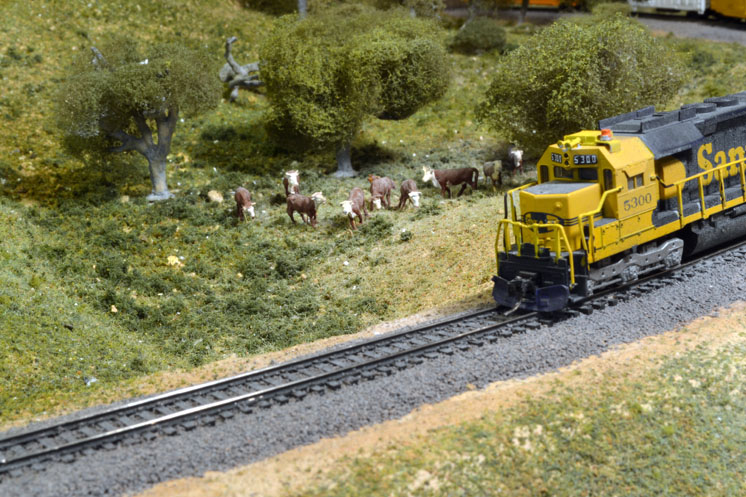

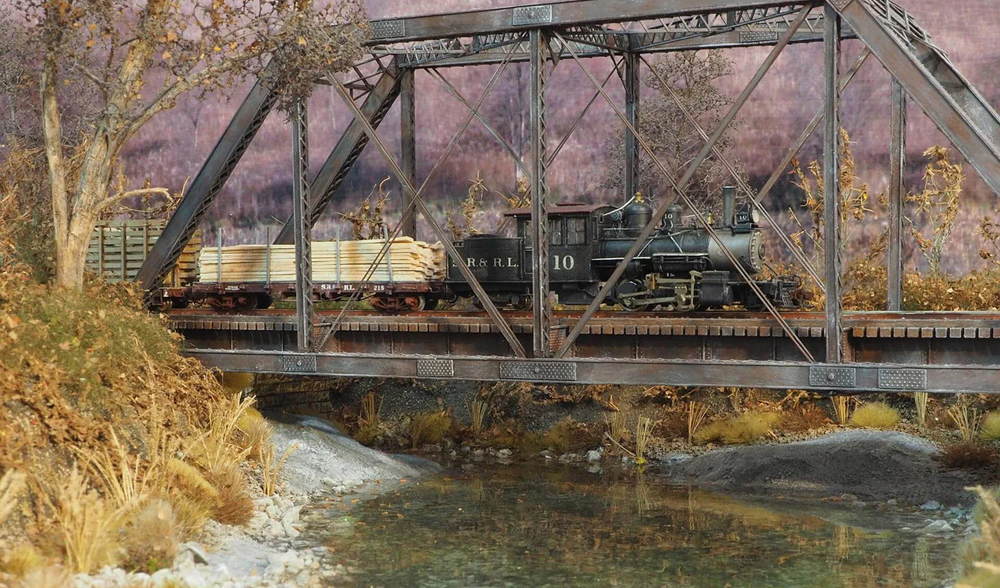
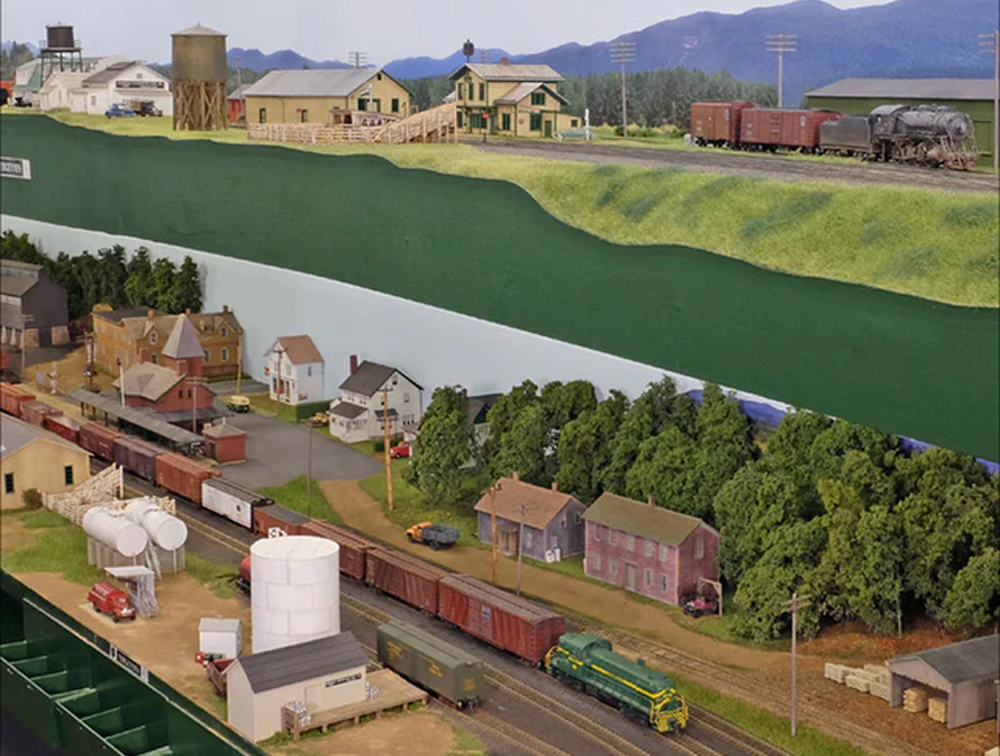
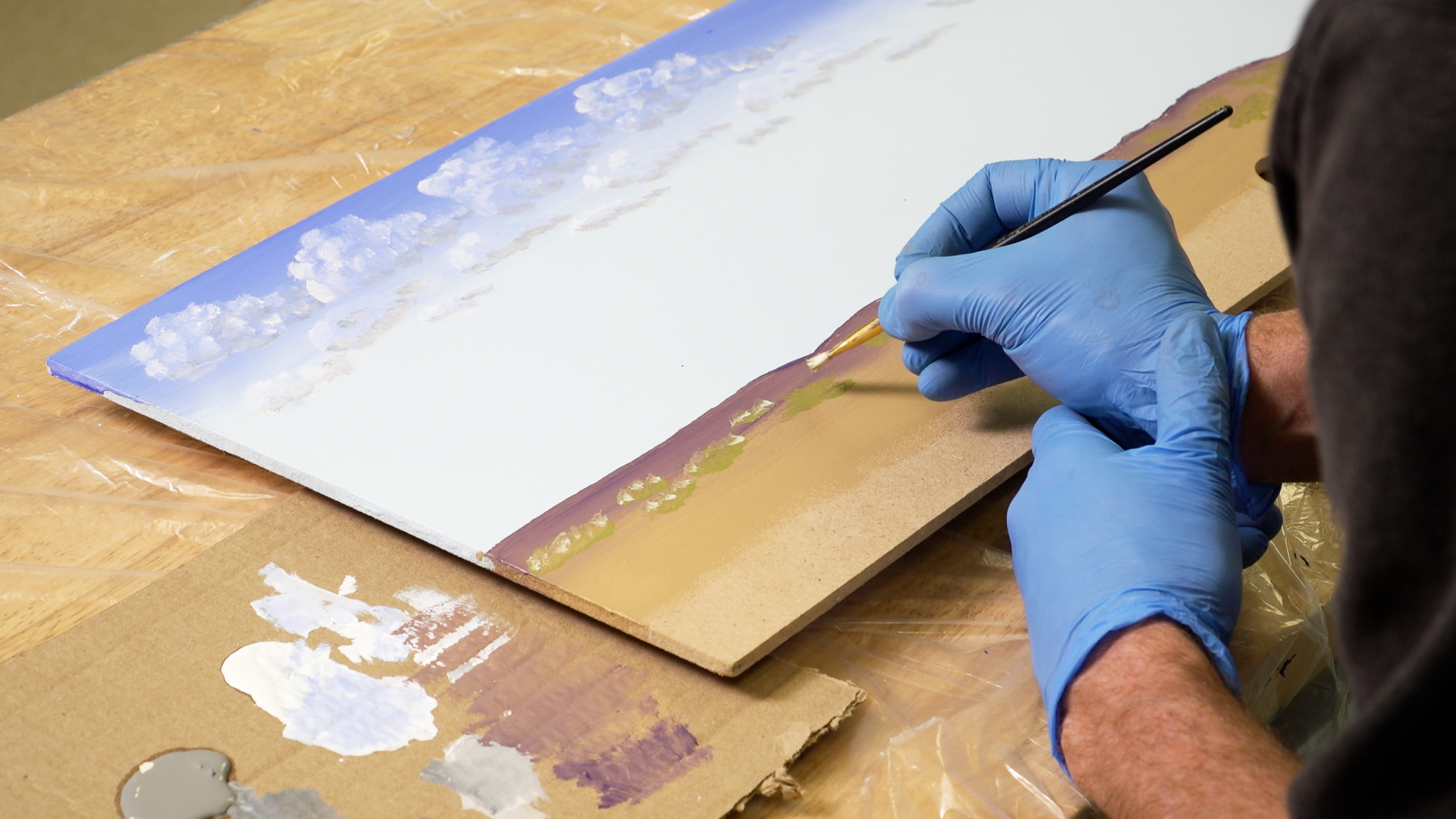
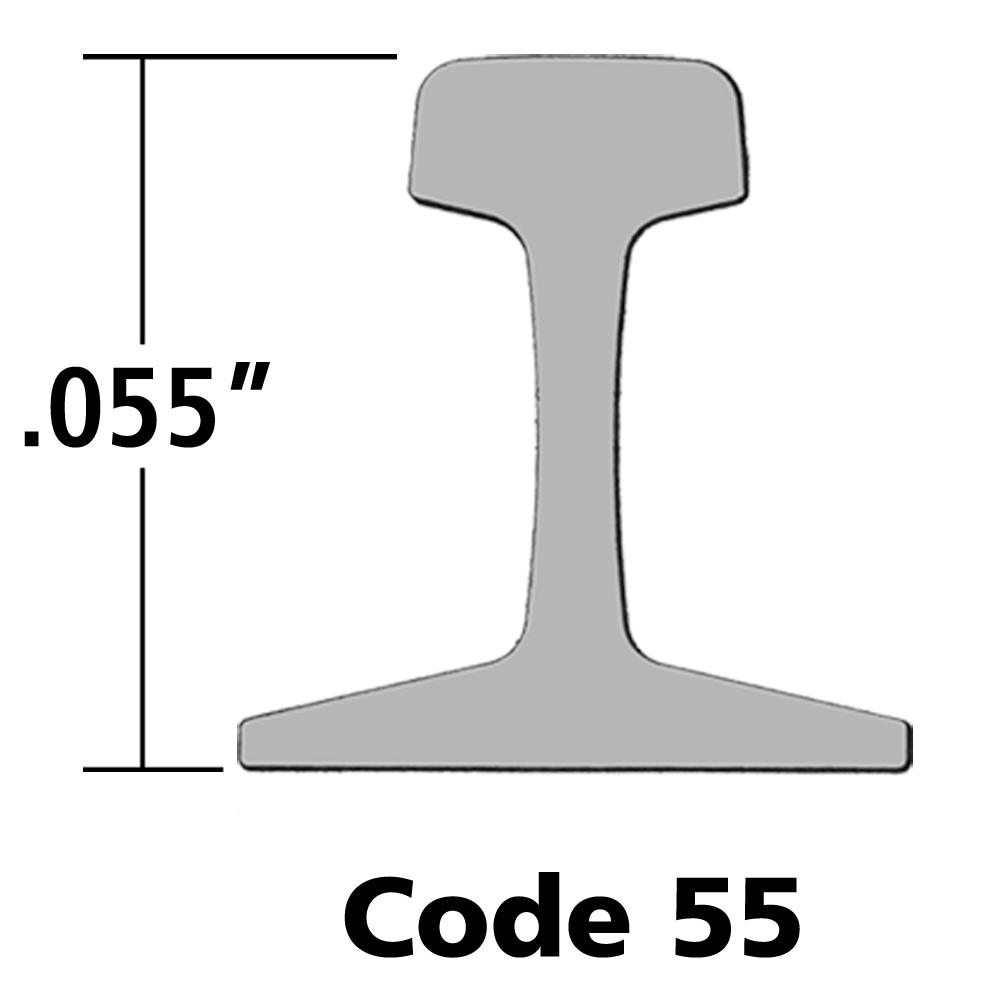
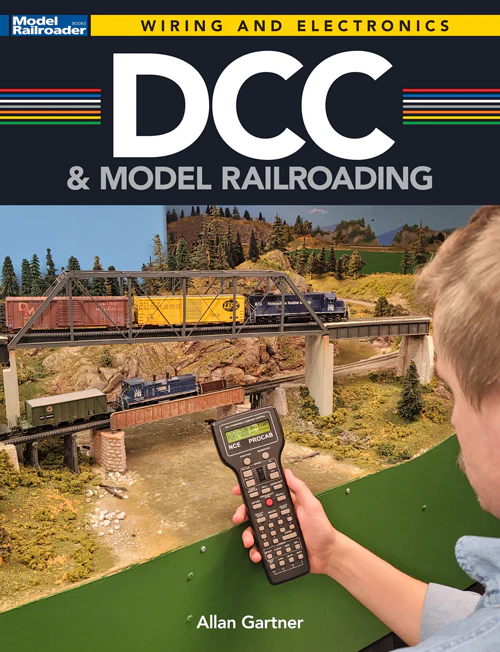

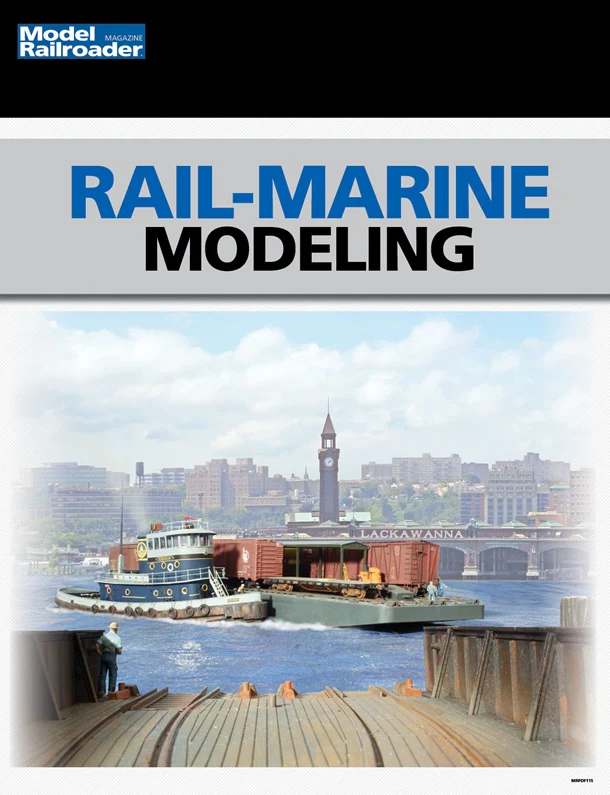

I recently had the privilege of visiting Jim Kelly's layout — it is filled with beautiful details so he doesn't leave them all out that for sure! But oversized detail which might look ok in real life is a dead give-away in a photo, and fences are a prime example of that. Jim's layout photographs very well.
One of the great advantages of N scale for a non-rivet-counter such as myself: if you can't see the rivets how will you ever count them?
"I leave it out if it’s Too dang small." I agree. Here in Australia there is a person casting Kangaroos and emus which are a good size, but he also makes N scale koalas. These look like a dot in the trees, but a magnifying glass shows some details too! Way too small for me.